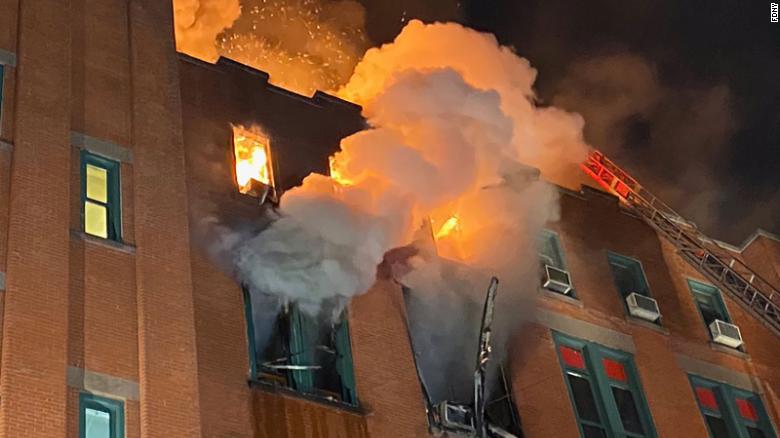Tragedy Strikes in the Lunar New Year

With the Lunar New Year ringing in just yesterday, it is a tragedy that the Museum of Chinese in America in Manhattan lost most of its collection in a fire the day before what should have been a celebration. The archive caught fire not far from the actual museum, and the 85,000-piece collection was likely completely destroyed, whether from fire or water damage. Any pieces that did survive are inaccessible at this time due to building damage. There was one man critically injured and several firefighters with minor injuries, but no deaths reported. There is no criminal activity linked to the fire, and the case is being investigated.
The building itself is historic, having once been used as a public school for immigrant children. The collection included donated items like family albums, clothing, newspapers and other artifacts owned by immigrants. Their loss in the fire is irreparable. The good news is that 35,000 documents had been digitized prior to the fire, and some of the collection is safe because it is on display at the museum.
This museum and its community are mourning the loss of the precious collection. They did have some digital copies of documents, and storage was separate from the museum; however, the damage is done to the collection and to the trust of those who lent their property to the museum.
To prevent such catastrophes, museums should start with the basics: having an emergency/disaster-preparedness plan. Museums and archives alike should assess their collection and its housing for risks to human and collection safety. Also, for collections housed in historic buildings, there needs to be a balance between preservation needs of the structure and mitigating risk to people and the collection. Sometimes that balance calls into question the use of an automated fire suppression system. Hopefully, as more news about this horrific event is revealed, the museum will stay transparent about its prevention measures and how it will be able to improve in the future.